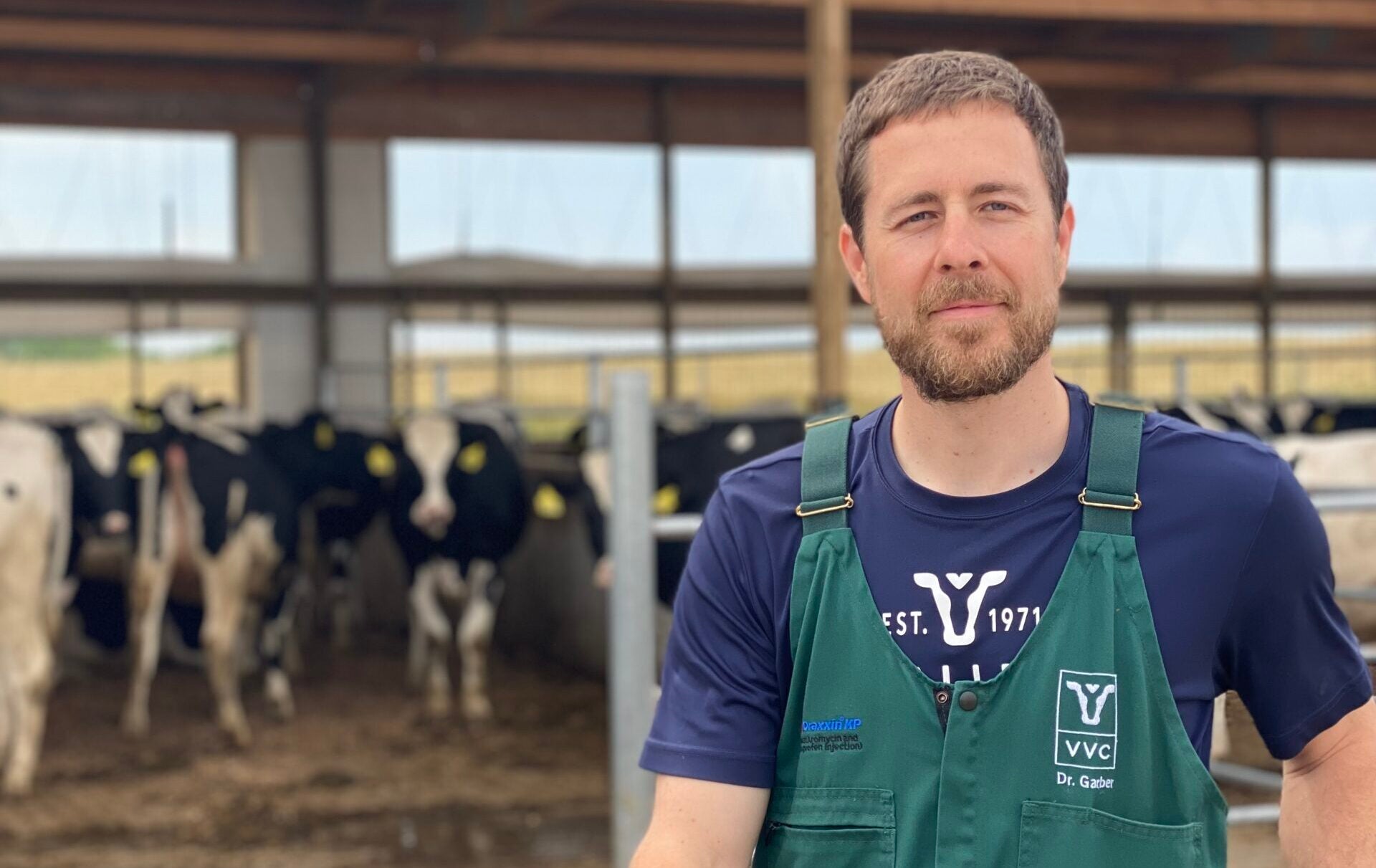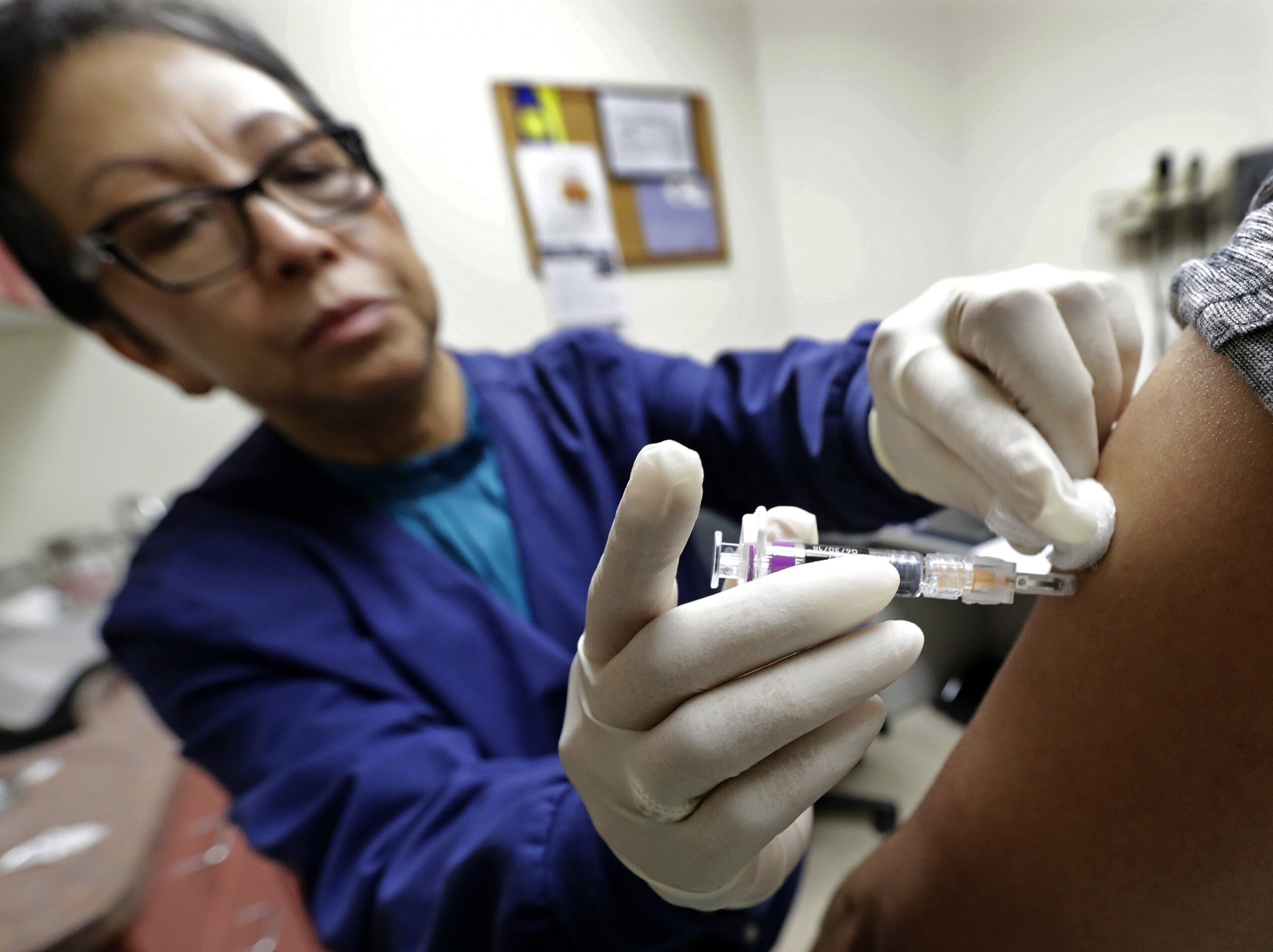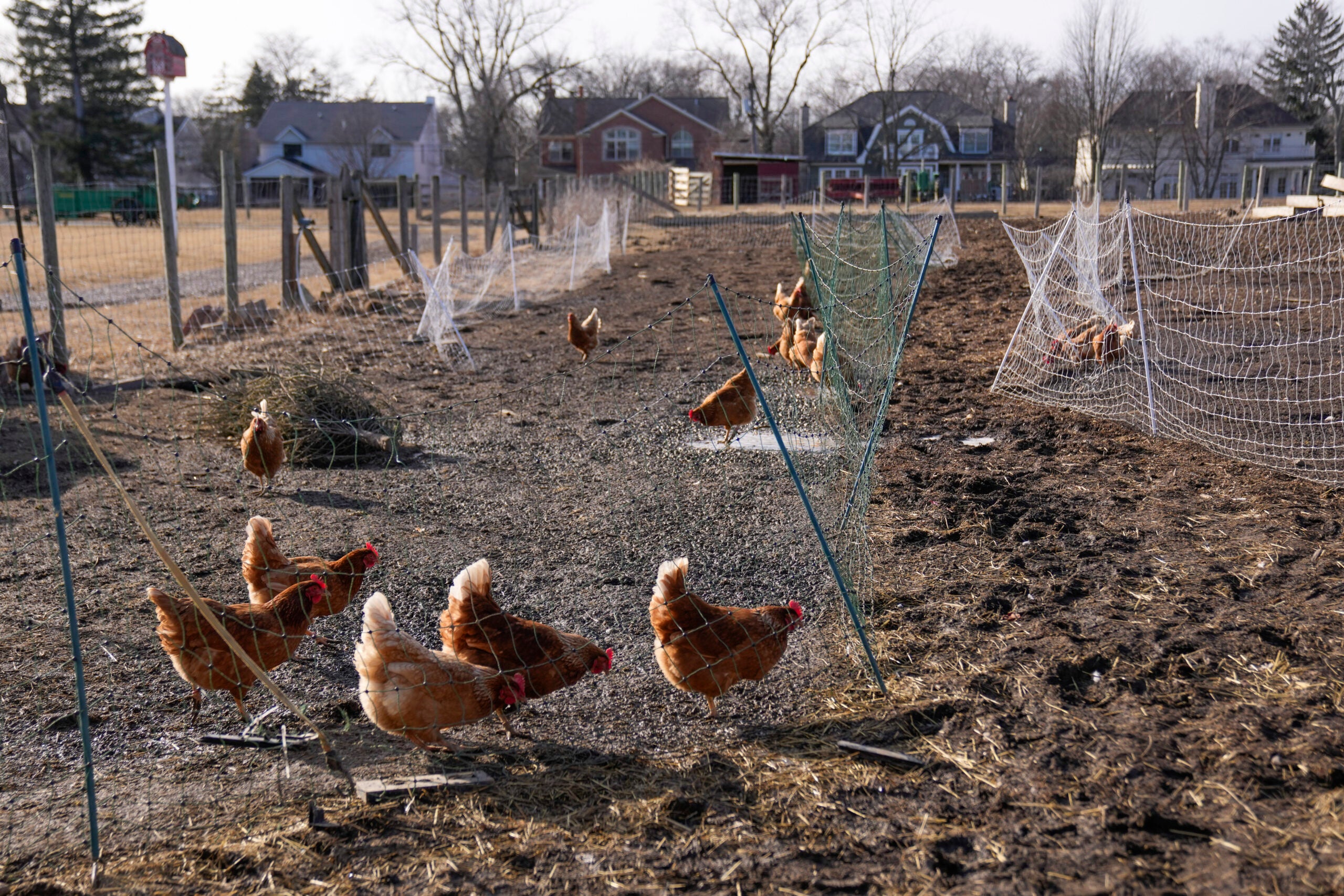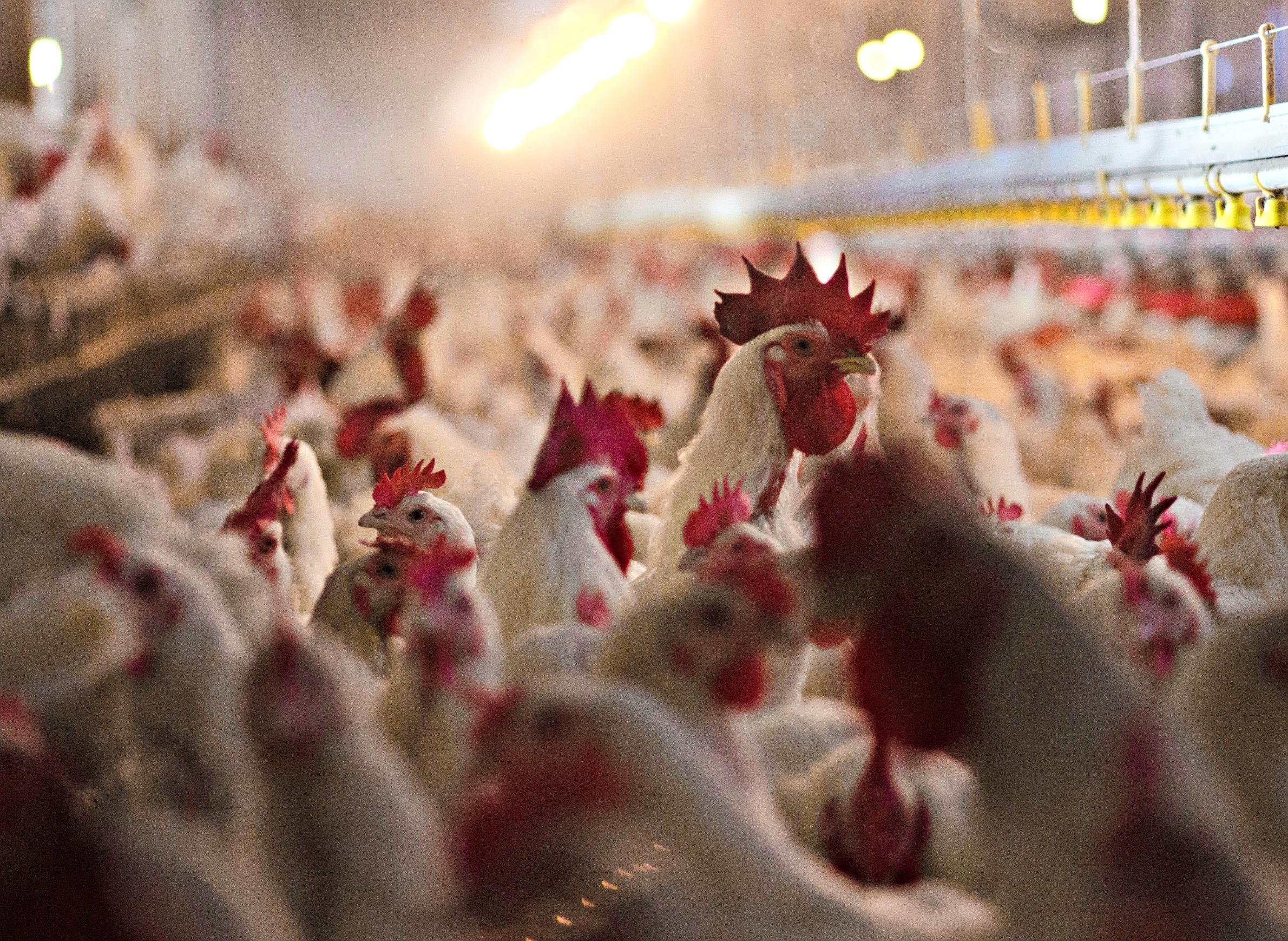Reflecting back on the year since the U.S. Food and Drug Administration started requiring prescriptions for certain livestock antibiotics, one cattle veterinarian says Wisconsin farmers are adjusting smoothly to the change.
Dr. Jon Garber, co-owner of Valley Veterinary Clinic near Green Bay, said commercial dairy farms typically had established relationships with veterinarians before the FDA change. Those relationships helped farms get timely access to new prescriptions after the change.
Still, moving from over-the-counter access to prescriptions might have caught some hobby producers or animal owners off guard, Garber said on WPR’s “Wisconsin Today.”
Stay informed on the latest news
Sign up for WPR’s email newsletter.
“They were used to fairly limited veterinary involvement in the care of their animals and really would only call if they had a medical emergency, by and large,” he said. “Getting that relationship set up with a local veterinarian would have been a change for them.”
The FDA last year began requiring licensed veterinarians to authorize “medically important” antibiotics for cattle that Garber said largely fell under three main categories of drugs: penicillin, tetracycline and sulfa antibiotics. He supports the new mandates, saying the restrictions are meant to reduce antibiotic resistance in animals, which could have health consequences for people, too.
“This has been a public health concern for quite some time,” Garber said. “The FDA and other agencies and researchers have taken that threat seriously and have been taking steps to prevent that public health problem from getting worse.”
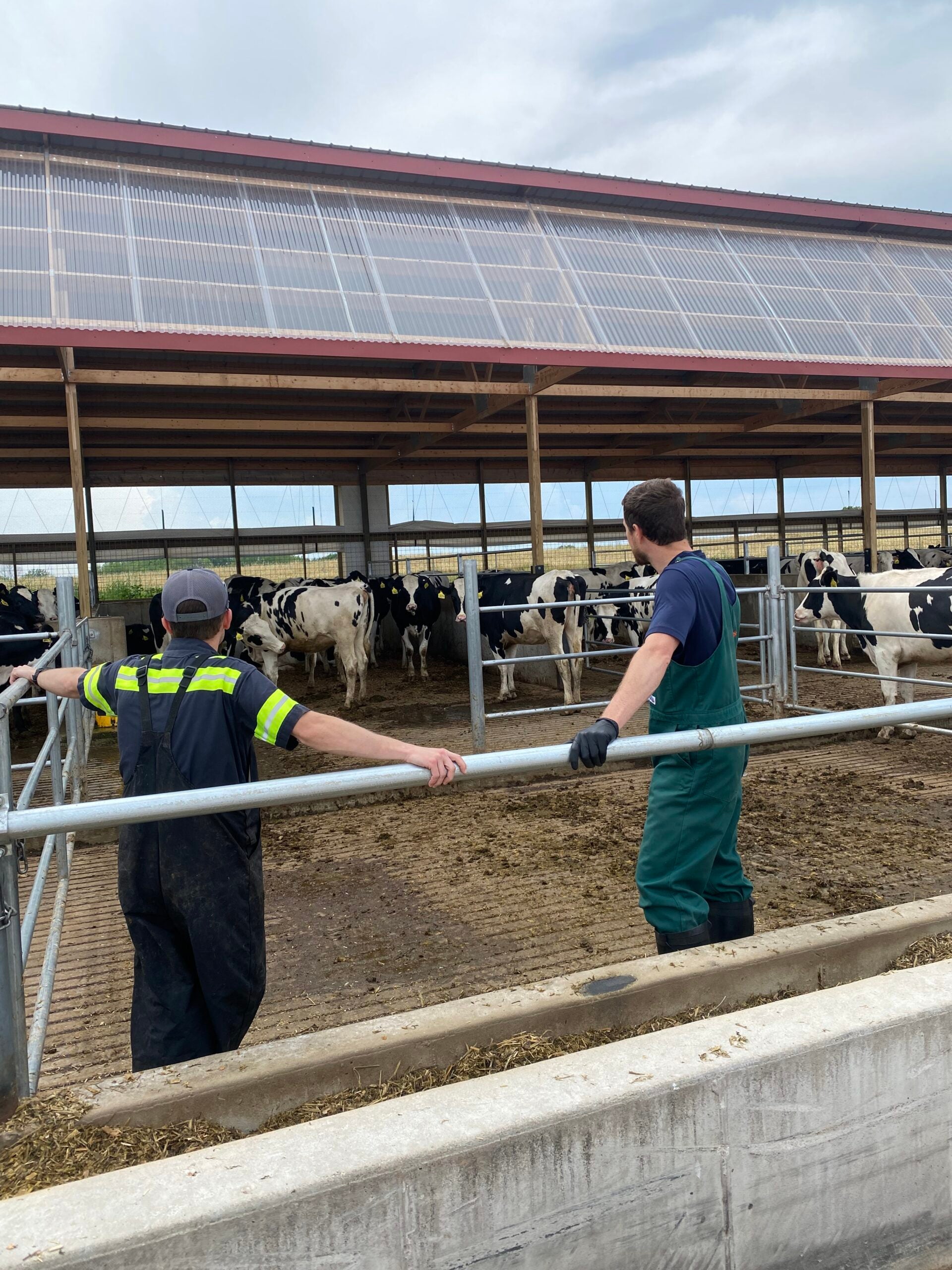
The Centers of Disease Control and Prevention reported in 2019 that the number of people facing antibiotic resistance is “still too high.” More than 2.8 million antibiotic-resistant infections occur each year nationwide, and more than 35,000 people die as a result, the agency reported.
In 2014, the White House released a National Strategy for Combating Antibiotic-Resistant Bacteria. The FDA says its response includes facilitating product development and supporting surveillance tools.
Garber said medically important antibiotics may only serve three broad functions: treatment, control or prevention of disease. Farmers are no longer allowed to use these medications to promote growth in livestock.
Now that farmers need to go through veterinarians instead of getting medications over the counter, are there enough Wisconsin vets to meet all those requests? Garber said he believes there are enough vets in areas with a large concentration of dairy farms. But livestock owners in other areas might have more difficulty finding a vet.
The U.S. Department of Agriculture has tried to address veterinarian shortages by supporting vets working in rural communities, Garber said. However, the USDA still lists seven designated shortage areas in Wisconsin, primarily in the western and northern parts of the state.
Wisconsin Public Radio, © Copyright 2025, Board of Regents of the University of Wisconsin System and Wisconsin Educational Communications Board.
